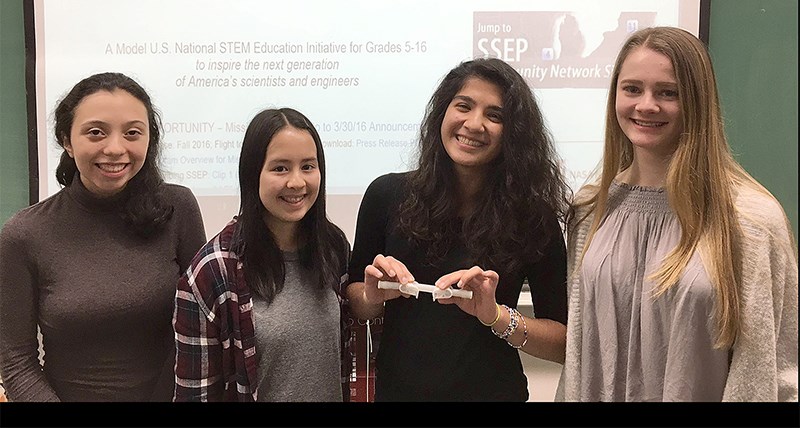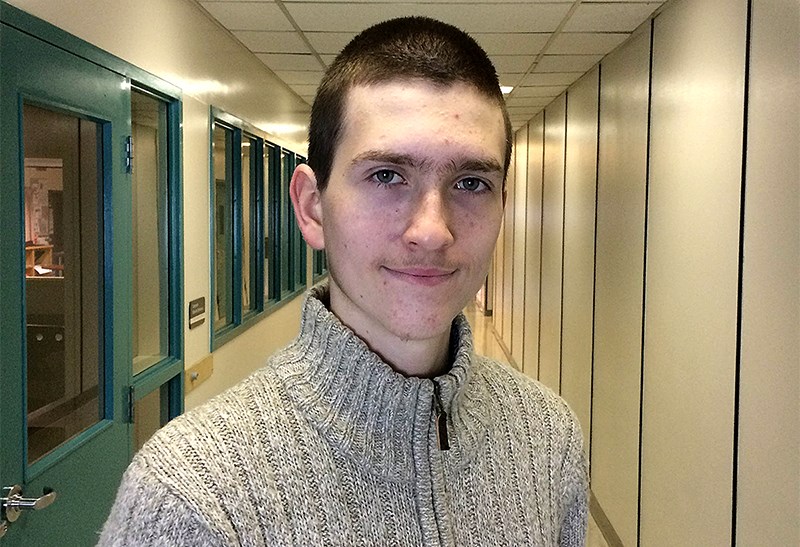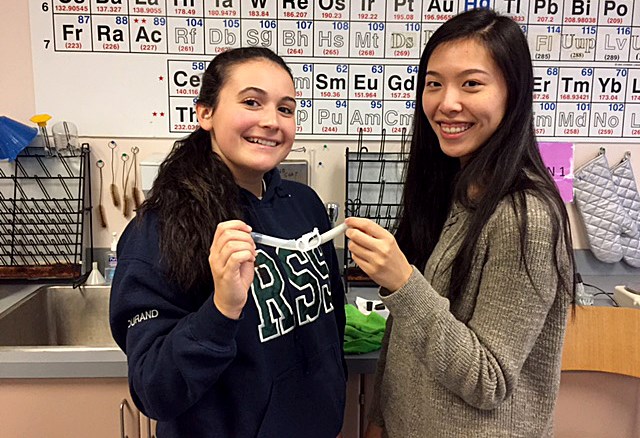How does space flight affect the spread of disease? Could concrete be used to construct buildings on Mars? How do you make food last longer during space travel?
If those questions seem like pieces of a plot for a science fiction movie, think again.
Those questions are being addressed in experiments School District 43 students would like to see performed by astronauts on the International Space Station.
And one of those experiments will actually make the trip after 227 proposals were whittled down to three. A finalist will be chosen in December to participate in the Student Spaceflight Experiment Program (SSEP).
"They're all completely different," said Dr. Charles Best teacher Wooje Choi, "with one variable: What would happen in microgravity conditions?"
Choi who helped review some of the proposals by 1,600 Grade 5 to 12 students along with his colleague Brent Raabe and program supporters Simon Fraser University, Finger Food Studios, UrtheCast and MacDonald Dettwiler and Associates, said the finalists were narrowed to eight, then three, whose proposals are being sent for further review to Washington, D.C.
Only one will be selected for a trip to space.
The winning experiments had to be able to fit in a small tube and be carried out by mixing the materials. They were chosen based on originality, possibilities of success in a weightless environment and how well the proposal was written, said Choi.

The eight finalists will be feted at a special event Dec. 1 at SFU.
The three winning experiments are:
• The team of Charles Best Grade 11 students — Karina Moreno, Saba Khangholi, Sarah Nobrega, Tessa Tennant — wants to study cell division process in microgravity using Saccharomyces cerevisiae, a type of yeast. It could help provide astronauts a cost-efficient way to produce foods and nutritional supplements on the space station.
• Riverside Grade12 students Alexa Durand and Brenda Shen want to study the curing rate of concrete in microgravity, specifically concrete created using a mixture based on fly ash. Fly ash concrete can have a reduced curing time and greater strength, and would potentially be used to build infrastructure in microgravity settings.

• Inquiry Hub Grade 10 student Mike Roslikov wants to study the effects of microgravity on cell density and biofilm formation of Staphylococcus aureus. The purpose of this experiment is to confirm and explain the increased virulence of the bacteria in microgravity conditions. Knowledge about the reproduction speeds might help introduce new protocols to battle with the bacteria during long stays in microgravity.
OTHER PROJECTS
• How does microgravity affects the dissolution of proteins in gastric acid? Team: Dr. Charles Best secondary – Ely Jamieson, Colin Montgomery, Steven Ono, Kimia Rostin, Tiffany Wu.
• Does penicillin kill E. coli faster once it has been handled in microgravity? Team: Eagle Mountain middle — Olivia Zuzolo, Sofia Jimenez, Ava Alcos, Rebecca Pin.
• Type 1 Diabetes — rate of replication of islets of Langerhans cells in microgravity; Team: Dr. Charles Best secondary —Elena Bruneau, Raymund Koh, Jasmin Malhi, Omron Samadi, Wen Qing (Grace) Sun.
• The effects of microgravity on kidney bean germination; iHub student Jazmine Khaseipoul.
• The effects of microgravity on trypsin decomposition of proteins; Dr. Charles Best secondary student Catherine Shin.



